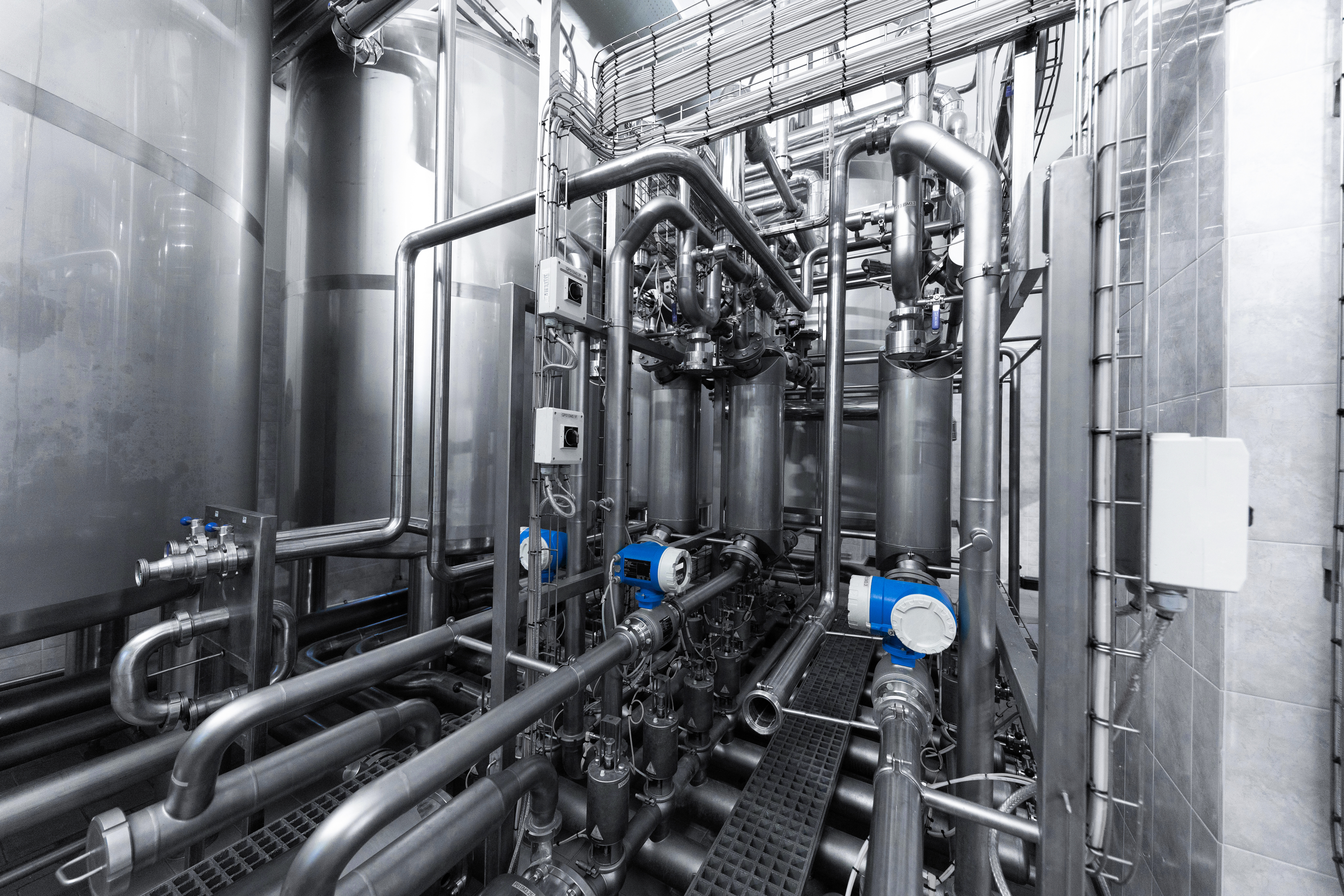3 min read
Addressing Complex Behaviors in LNG and Thin-Wall Piping Systems
Paulin Research Group
Oct 13, 2025 11:57:06 AM

In the LNG industry and other applications, piping systems encounter conditions not always addressed directly by design codes. High d/t ratios and local damage—such as dents in stainless steel piping—may fall outside the scope of Level 1 and 2 assessments. Other challenges, including temperature-driven thermal bowing and transient thermal loading, are not explicitly treated in the codes and must be evaluated using finite element and advanced stress analysis methods, or beam models adjusted to accommodate thermal bowing temperature profiles.
Temperature Differences and Thermal Bowing
When different regions of a pipe wall operate at different temperatures (usually top to bottom), the resulting imbalance produces thermal bowing. A common case is when one side of the wall remains colder while the opposite side is heated, creating differential expansion. This bending effect can occur under both hot and cold operating conditions. In thin-wall piping, where stiffness is reduced, thermal bowing becomes a critical factor in stress response and can introduce significant secondary loading that simplified methods may overlook.
FEPipe incorporates heat transfer capabilities that allow separate boundary conditions to be applied to different regions of a model. Both transient and steady-state profiles can be generated, making it possible to represent thermal gradients over time.
PCLGold complements this by enabling assignment of separate top and bottom wall temperatures. It automatically applies an equivalent moment couple to produce the correct bowing response. This direct representation of thermal imbalance allows engineers to model bowing stresses in piping analysis.
High d/t Ratios and the Limits of Simplified Methods
As pipe diameters increase, d/t ratios can exceed 100. At this scale, the assumptions built into code-based simplifications become unreliable. Thin-wall construction also reduces the inherent margin of safety, particularly when pipe is ordered to precise thicknesses rather than nominal.
Beam-based methods remain effective for routine analysis, but in high d/t piping they rely on generalized stress intensification factors and cannot capture all aspects of local behavior. Shell models provide a more detailed representation by incorporating the actual geometry of the pipe wall. This allows both membrane and bending stresses to be resolved and includes ovalization effects that directly influence stiffness and load response.
FEPipe supports shell-element modeling with nonlinear solvers, enabling evaluation of elastic behavior as well as permanent deformation. For high d/t piping, this capability is important to ensure that critical local responses are not overlooked.
Boundary Conditions and Localized Thermal Effects
Code guidance generally assumes uniform thermal conditions. In practice, piping systems often operate with localized heating or boundary conditions that change with time. For example, regions of pipe may be exposed to evaporation or rapid phase change effects, producing localized thermal stresses.
FEPipe includes boundary condition models that allow such cases to be represented. By applying fixed temperature conditions and running the plastic solver, engineers can determine whether a lower bound limit load has been reached. This provides a direct way to assess margin in situations where prescriptive methods do not apply.
Dent Assessment in Thin-Wall Piping
Local damage is another recurring issue. Dents and deformation are common in thin-wall stainless steel piping, particularly in LNG service. For these thin-wall cases, Level 1 and 2 Fitness-for-Service methods are not valid.
Level 3 analysis becomes necessary. FEPipe and NozzlePRO can both be used in this role. Nonlinear finite element analysis is applied to evaluate the structural response of dented piping. NozzlePRO extends this capability to intersections and local damage, providing the resolution required to assess structural adequacy.
Rapid Heat Flux and Structural Limits
Within FEPipe, when piping or components are exposed to rapid heat flux, codes may not be sufficient. Standard practice is to estimate heat flux through radiation and convection models, then develop the corresponding temperature profile.
FEPipe supports linear heat transfer models that can be used for this step. Once a wall temperature distribution is estimated, the plastic solver can be run with fixed temperature conditions to determine whether a lower bound limit load is reached. Manual strength calculations can be used alongside this method as a conservative check.
This combined approach has been applied in cases where rapid or localized heating dominates structural response.
Summary
Thin-wall piping in demanding applications faces challenges that are only partially addressed by design codes:
-
Thermal bowing due to uneven temperatures.
-
High d/t ratios requiring shell-element analysis.
-
Boundary condition complexity with localized heating.
-
Local damage such as dents.
-
Rapid heat flux leading to structural limit conditions.
FEPipe addresses these challenges through shell modeling, heat transfer analysis, and nonlinear limit load assessment. Its ability to capture membrane and bending stresses, ovalization, and permanent deformation makes it suited to high d/t piping where simplified methods are insufficient. PCLGold provides direct modeling of thermal bowing using top-to-bottom wall temperature inputs. NozzlePRO extends capability to Level 3 Fitness-for-Service of dents and local damage through nonlinear finite element analysis.
These tools give engineers methods to evaluate piping conditions that are not sufficiently covered by codes, ensuring that critical structural behaviors are examined with the required level of detail.


.png?width=1320&height=480&name=PRG%20Product%20Template%20-%20Gradient%20(1020%20x%20680%20px).png)
%20(1).png?width=1320&height=480&name=PRG%20Product%20Template%20-%20Gradient%20(1020%20x%20680%20px)%20(1).png)